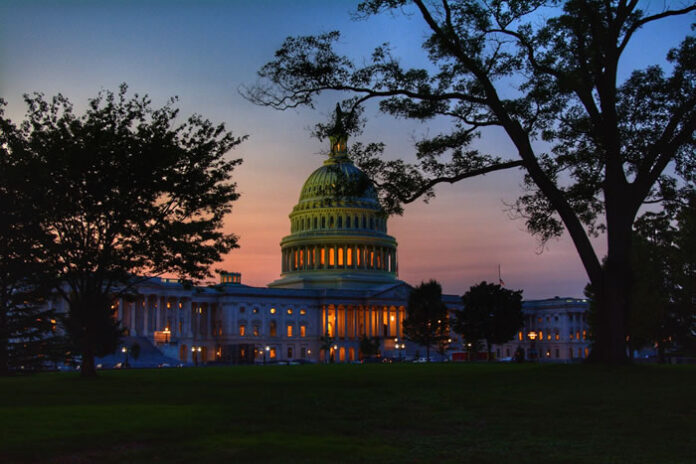The recently passed H.R.-133 stimulus bill is 6,000 pages. According to GovTrack, it is the fifth longest bill to be passed by Congress in the history of the country. That’s why we read H.R.-133 – so you wouldn’t have to.
Bill Crates, ActionPPE’s head of Compliance and Regulatory Affairs, read every single page of the bill– so you wouldn’t have to.
Summary read H.R.-133
H.R. 133 is the vehicle for passage of the Consolidated Appropriations Act, 2021, a major government funding bill that also includes economic stimulus provisions due to the coronavirus pandemic.
These provisions include $3 billion in grant money allocated for an emergency fund for healthcare providers, to be administered by the Inspector General’s office of Health and Human Services.
Included in the H.R. 133 is a $2 billion fund for forgivable loans to small businesses with up to 50 employees. These loans can be used for costs incurred in connection with compliance with COVID-19 related health and safety guidelines and other worker or customer safety measures related to COVID-19.
Accessing the funds
While the loans are administered through banks, the grant money is allocated directly to the state and dispersed by that state’s governor, legislature, Department of Health, or an entity created specifically for that purpose. In other words, each state has its own mechanism for disbursement. We believe that some of the money should be administered through state medical organizations to ensure independent physicians and smaller practices are able to access the allocated funds.
To help further this cause, ActionPPE is working with our member state medical associations and societies to identify the touchpoints for stimulus disbursement and provide guidance to each organization once the touchpoint is identified. Our goal is to create an easy-to-use template outlining the different touchpoints so state medical organizations know the person(s) or department to reach out to.
Physicians can then go through their state medical association and get money for their practices so that they can have adequate Personal Protective Equipment (PPE) and medical supplies, some of which are still scarce.
Big spending
North Carolina is an example of how this works. The state was granted $247.2 million from the Provider Relief Fund in the 2020 CARES Act financial relief stimulus bill. With the state set to disperse the funds through its Department of Health, lobbyists for the North Carolina Medical Society (NCMS) went to work. Making the argument that the need was greater at independent practices and to let the medical society help meet that need, North Carolina’s health department agreed to let the association administer $30+ million in funds toward the purchase of PPE, $5M of which went to independent practices. NCMS was able to ensure that its members received the PPE they needed to keep their practices open and safe.
As we transition to the new administration, we are waiting to hear exactly how disbursement will work this time around. During this waiting period, we’re recommending that medical associations and societies do some research and find out the right person(s) or department that they should lobby to make the case to administer this recent appropriation. Don’t lose this time; once the process gets started, we want to be able to get the PPE to your members as soon as possible.
ActionPPE is proud to be your partner, to ensure you have the necessary supplies so you can continue to take care of your patients, while keeping your staff and yourself safe.
As we look ahead, ActionPPE is building the infrastructure to expand and to build a network that continues to provide value to state medical organizations and to members of those organizations. This infrastructure is not only specific to PPE but is designed to fulfill additional needs of the underserved physician community.
For more information and to read H.R.-133, please visit ActionPPE.org/caresact, which we will update as new details come in.















